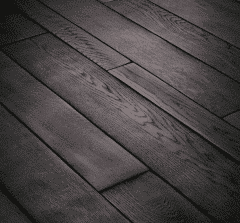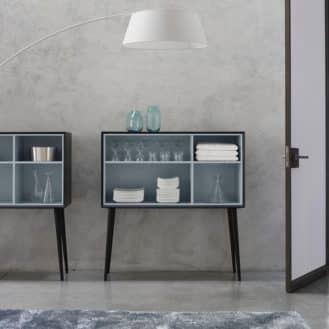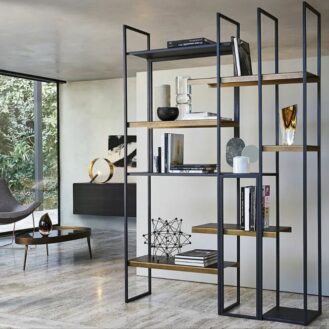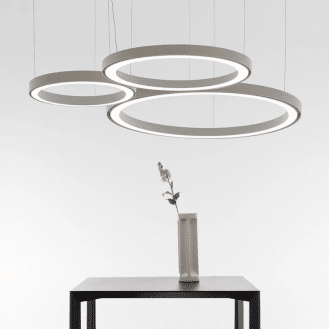When choosing a wood-based flooring, known as parquet, there are a few things to keep in mind. You’ll first need to decide between solid or engineered parquet, then select the type of finish you want. We have a few extra tips to offer depending on which room of the house you plan on laying the parquet in as well as proper care for parquet and the latest decorating trends.
It can be considered the ultimate high-end flooring—noble, warm, timeless—and it is still fashionable, both in old and contemporary homes.
In this guide, we distinguish between solid wood flooring and engineered flooring.








